Hello hunters, you can use these top 7 tactics for calling ducks when you are hunting in the woods or forest. When your usual tactics aren’t grabbing the ducks’ attention, it’s time to step up your calling skills.
The clear blue skies were starting to make me feel a bit restless. It was midday in a rice field, and after staring at the empty sky for a couple of hours, I started seeing things out of the corner of my eye. I knew that a change in the weather would eventually bring new ducks our way, but the migration hadn’t started yet.
Just as I was drifting into a daydream, I spotted a group of ducks flying high in the south. After a quick search for my call lanyard, I found the perfect call for the job—a Johnny Marsh metal-reed call that had been passed down to me by one of my dad’s hunting buddies years ago. I took a deep breath and started calling. The Marsh call cut through the Missouri wind like a siren, and the group of ducks began to break up and descend.
There’s something truly special about calling ducks. The connection between the caller and the waterfowl can bring both satisfaction and frustration. When your usual calling tactics don’t seem to work, having a variety of calling techniques can greatly improve your chances of success.
Many of us are familiar with the three or four basic duck calls that work in most hunting situations. But those calls are just the beginning of speaking the ducks’ language effectively. Adding new calls, techniques, and skills to your repertoire can significantly boost your success in the field, especially on those challenging days when the ducks or the weather conditions aren’t cooperating. Here, directly from the experts, are seven advanced tactics to take your duck calling to the next level.
TACTIC NUMBER ONE: Refuge Feeding Call
Many new hunters start by learning a basic feed call, but experienced callers can take this foundation and expand upon it with what’s known as the “refuge feeding call.” Buck Gardner, a champion caller and the founder of Buck Gardner Calls, explains that there are two common types of feed calls: the tucka-tucka and the rolling feed call, which is a faster version of the standard feed call.
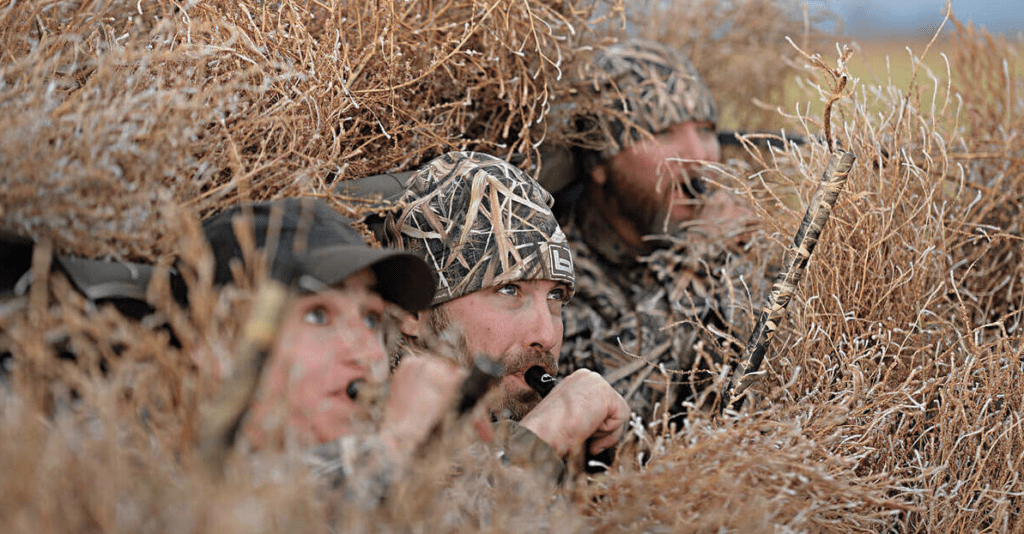
To create the refuge feeding call, Gardner suggests making a “k” sound in the back of your throat. When you rapidly repeat this sound and mix it with quacks, pauses, and other variations, it mimics the sound of a large group of ducks. According to Gardner, ducks sometimes use this type of feed call more aggressively to signal other ducks to stay away from their food source and mind their own business.
Gardner notes, “This is a highly aggressive feed call that’s great for grabbing the attention of passing ducks. It’s an attention-getter. When you’re calling as a group in these situations, everyone should be using this same call. However, you shouldn’t use it when ducks are very close. It’s not a finishing call.
When ducks are about 70 to 80 yards away, most people tend to call too much. If a duck has its wings set and is coming toward the decoys, I don’t call at all. You can’t make them come any faster at that point.” So, the refuge feeding call is a powerful tool for getting ducks to notice your spread from a distance.
TACTIC NUMBER TWO: Cutdown Call
Kelley Powers, a calling champion and co-founder of Power Calls and Final Flight Outfitters, has perfected a variation of the traditional feed call known as the cutdown call.
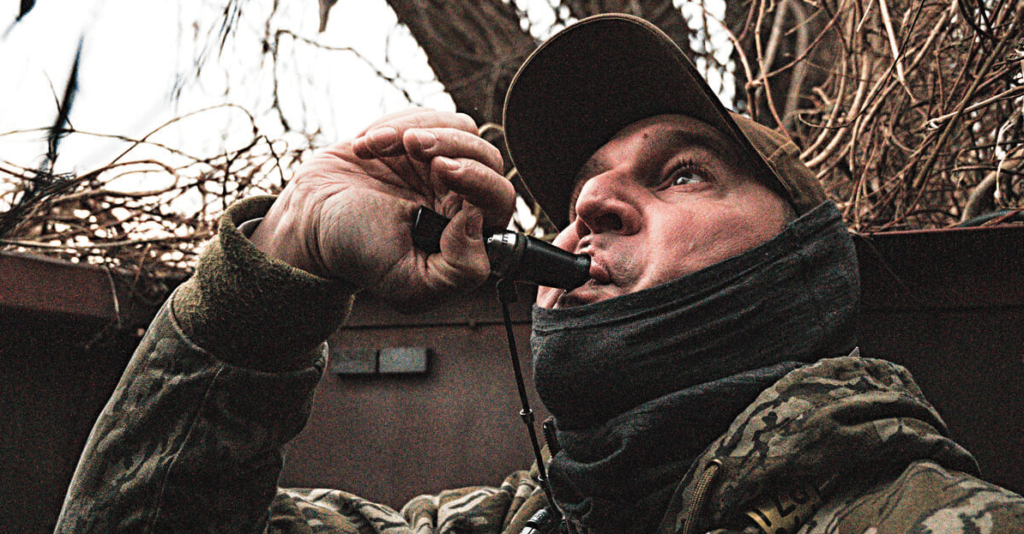
Powers explains, “When you observe a dominant live hen, her feed call becomes louder and more aggressive as ducks get closer. She’s essentially saying, ‘I have a food source here, and we’re all competing for it.’ To execute the cutdown call correctly, you need to push air from deep within your chest to generate volume and power.
You’re aiming for a loud, choppy, and aggressive feeding call. It requires you to tighten your stomach muscles. If you finish calling and feel like you’ve just done some sit-ups, you’re doing it right. Take a deep breath, like when a doctor asks you to inhale deeply, and really strain to create that deep, choppy sound.
Powers goes on to explain, “After a migration or on cold days, ducks need calories. The cutdown call is most effective when you’re hunting in a feeding area on days when ducks are actively searching for food. If you’re hunting in an area with open water or on a day with little wind, it may not be as effective.
Even when ducks are finishing, it’s still a great way to let them know there’s a food source. You can achieve this with other feed calls, but the cutdown call triggers that natural instinct to compete for food like no other.” So, the cutdown call can be particularly potent on days when ducks are actively looking for nourishment.
TACTIC NUMBER THREE: Cajun Squeal
Rod Haydel, who grew up in the calling business and now serves as the president of Haydel’s Game Calls, has a clever modification for the traditional five-note greeting call to lure working ducks into his decoy spread.
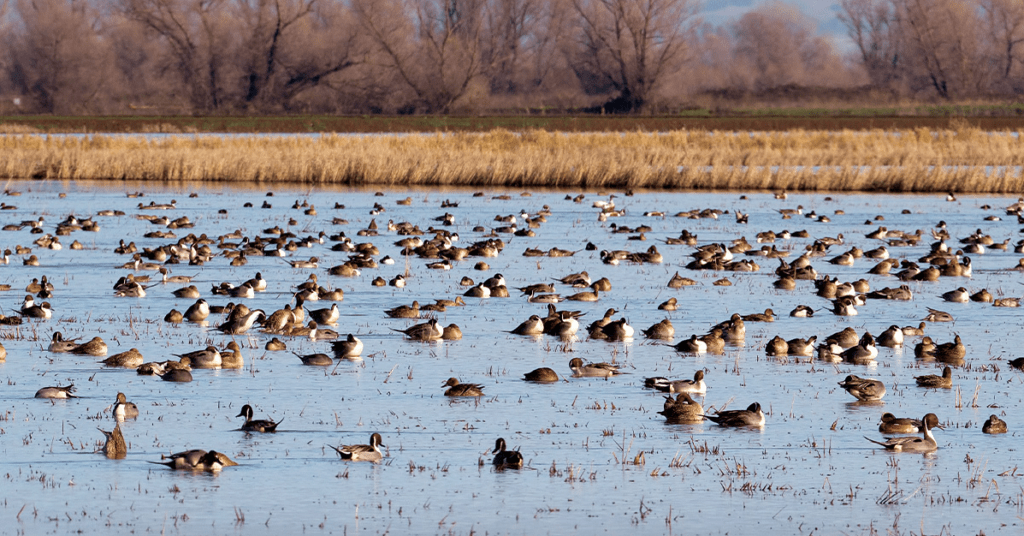
Haydel explains, “When ducks are feeding on grain, especially rice, they sometimes make a hoarse squeal at the end of their notes. By adding this squeal to your greeting call, you’re signaling to ducks that there’s an abundant food source available.”
However, mastering this sound can be challenging. Haydel shares his technique, saying, “I start the note like a regular quack with warm air from my diaphragm. Then, I introduce cooler air into the call by pinching my lips down on the note. It’s almost like I’m chewing the call. Picture beginning the note with air from your diaphragm and finishing it with air coming out of a nearly closed mouth, similar to blowing up a balloon.”
Haydel notes, “This works exceptionally well on sunny days when ducks are in a good mood. On cloudy days when ducks are more cautious, I dial back my overall calling. I aim to get their attention, and once I have it, I work on keeping them engaged. If they start changing their wing beats or veering off course, I’ll hit them with a bit of the greeting call.
If I already have a duck’s attention, I avoid using the squeal in soft quacks. I don’t want to reveal my best card right away. The call has a greater impact when you save your ace in the hole.” So, this modified greeting call can be a valuable tool for sunny days when ducks are feeling confident and looking for food.
TACTIC NUMBER FOUR: Bouncing Hen
For callers looking to add versatility to their traditional greeting call, learning the bouncing hen can be a valuable skill. Not only does it bring uniqueness and diversity to your calling sequence, but it also helps you develop better control over the airflow through your duck call. Fred Zink, a champion caller and call maker, incorporates the bouncing hen into every hunt.
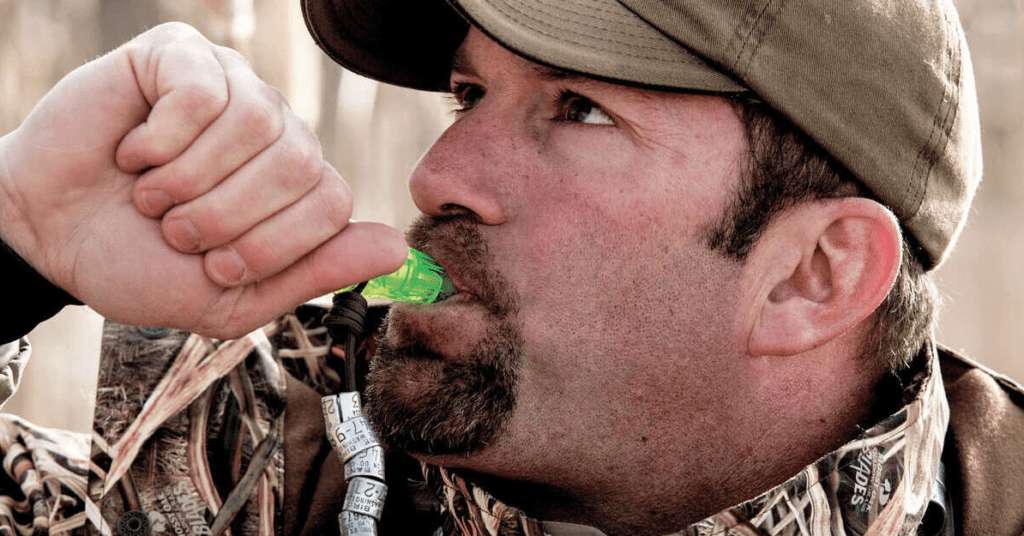
Zink explains, “I spend a lot of time listening to live ducks, and this is a sound you frequently hear. It’s essentially a hen’s greeting call with a hiccup at the end of the notes. To create this sound, you cut off the notes of your greeting call with a hard ‘k.’ When I’ve heard other hunters use it, they usually add a bounce to each note, but in reality, I only hear ducks bounce their notes on the last two to three notes of a greeting call.”
He continues, “A hunter’s calling should vary, especially in areas with a lot of hunting pressure. I intentionally do things differently when I’m hunting in heavily hunted spots. The bouncing hen is fantastic for introducing some variety to what the ducks are hearing. It provides a genuine duck sound that ducks don’t often associate with hunters.”
Zink emphasizes, “Most people call ducks in the same way that others call ducks, not in the way ducks call ducks. Being a skilled duck caller goes beyond just sounding like ducks; you have to behave like a duck. The bouncing hen adds a little extra flair to your calling, making it more distinctive.” So, the bouncing hen can be a valuable addition to your calling repertoire, especially when hunting in pressured areas.
TACTIC NUMBER FIVE: Soft Quack
Todd Heidelbauer, who has been crafting custom calls since taking over his grandfather’s boutique call business in 1995, offers a valuable tip for those days when ducks are feeling shy.
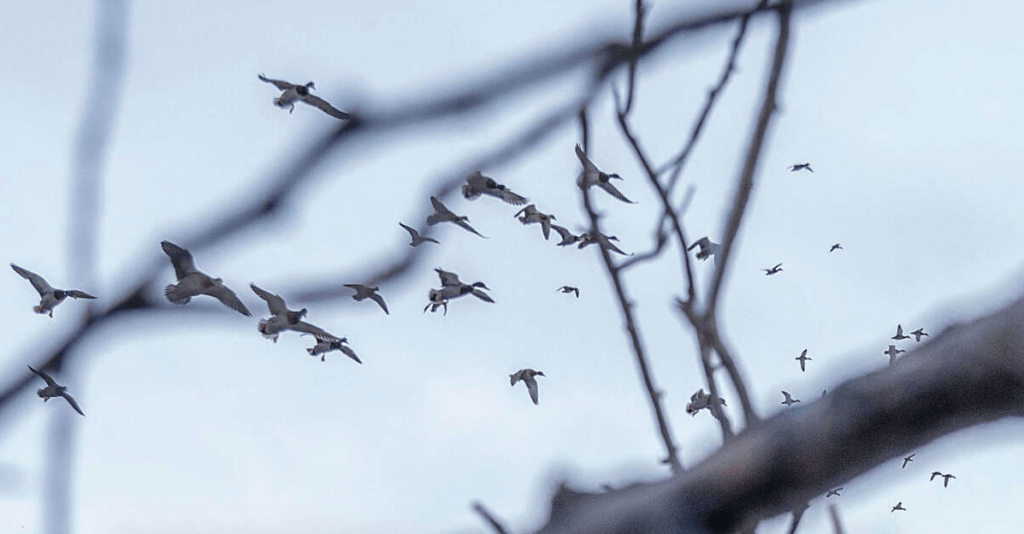
Heidelbauer explains, “A soft quack is a series of individual, well-spaced quacks that work wonderfully on days when you don’t want to overwhelm a duck. It’s most effective on cloudy days or when there isn’t much wind. It’s also highly effective later in the season when birds tend to be call-shy.
The key is to maintain a slower cadence with a deeper pitch. Instead of making a grunt, as you would with a regular hen call, introduce a rasp by vibrating your vocal cords at the back of your throat. While it’s not too challenging to create the sound, maintaining a consistent pitch when reducing volume and air pressure can be tricky.”
He adds, “I often use it as a finishing call because when the birds get closer, I don’t want to startle them with a louder call. Instead, I use the soft quack to guide them. I also incorporate it into my full calling routine to mimic multiple ducks and add realism without trying to force the ducks into the decoy spread. I use it in some way every time I go hunting.” So, the soft quack can be a crucial tool for creating a natural and inviting atmosphere for ducks, especially when they’re feeling cautious.
TACTIC NUMBER SIX: Multiperson Power Call
Rick Dunn, a world champion caller who has been crafting duck calls since 1975 and is the founder of Echo Calls, offers an effective strategy for hunting passing ducks: power-calling with multiple hunters.
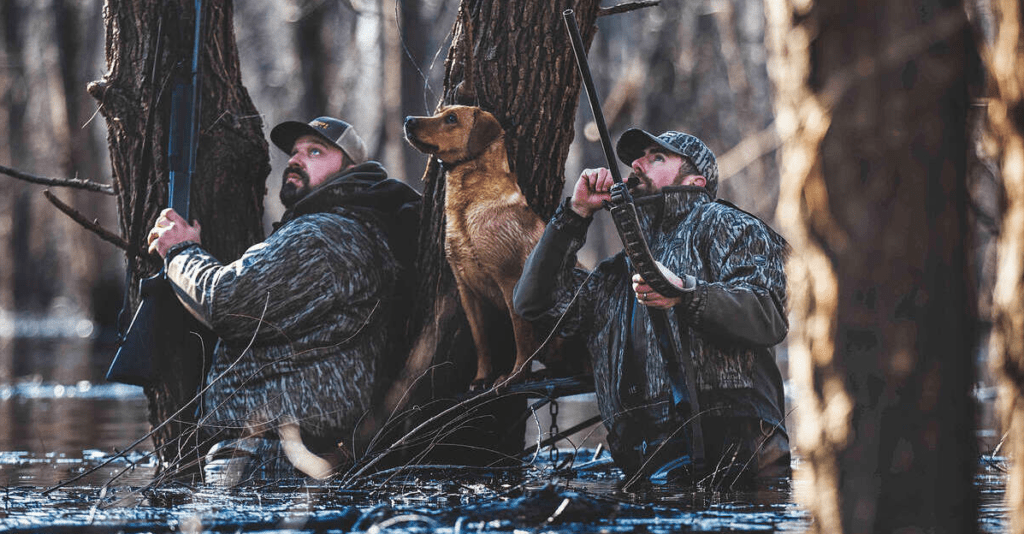
Dunn explains, “In open areas or even in timber, ducks often don’t pay much attention to a single caller. Sometimes, you need multiple callers shouting at the ducks to grab their attention. If you have four or five skilled callers who can blow loudly and maintain good control, it can turn what might have been a disappointing hunt into a successful one.”
“For passing ducks or those that wouldn’t typically land in your hunting spot, team up with your hunting partners to create a chorus of loud, low-tone hail calls,” Dunn advises. “This approach can also work for migrating ducks if they’re not too high. You want to avoid producing a high-pitched note like you would with a highball call, as it can be challenging to blow loudly without hitting that high note.
To achieve this, blow forcefully using hot air from your diaphragm rather than blowing through your cheeks. When done correctly, a group of hunters sounds like a multitude of ducks and can be heard from a considerable distance, up to three-quarters of a mile away.”
Dunn concludes, “This tactic works best on clear days, but you should be cautious not to overcall. If ducks are already using your hunting area, excessive calling can be ineffective and even scare them away. If you do manage to break down a group of passing ducks, ease off on the power and reduce the number of callers once they start heading your way.” So, when hunting passing ducks, collaborating with your fellow hunters to create a powerful and realistic duck chorus can be highly effective, especially on clear days.
TACTIC SEVEN: Reelfoot Highball
Howard Harlan, a lifelong collector and call maker with extensive knowledge of hunting history, shares his expertise on using the highball call effectively.
Harlan explains, “Many call makers today produce versatile calls with plastic reeds, which can serve as your workhorse calls. However, when it comes to reaching high-flying ducks, nothing beats metal-reed calls. When properly tuned, metal reeds produce a higher pitch than plastic reeds. In fact, I believe they can produce a pitch that’s beyond our audible range, much like a dog whistle. This makes metal-reed calls ideal for the Reelfoot highball.”
He continues, “The highball call sequence starts with an exceptionally long blast followed by progressively shorter ones until you run out of breath. If done correctly, you should finish with a gasp. Metal-reed call barrels are larger, and metal reeds are much stiffer than plastic reeds, requiring significantly more airflow to achieve that ringing frequency.”
Harlan emphasizes, “When you create the sound correctly, it won’t resemble a duck call. It lacks much rasp and instead resonates like a tuning fork. It’s not a subtle technique, but it’s perfect for migration days and clear, cold days when ducks are flying at high altitudes. It can be intimidating to low-flying ducks, but it will reach ducks way up in the ionosphere.
The goal is to make high-flying ducks turn their heads and catch sight of your decoy spread when they’re cold and looking for company.” So, the highball call, particularly with metal-reed calls, is a powerful technique for attracting high-flying ducks on days when they’re soaring above and looking for companionship.
Related Articles
- Eight Duck Calls Every Duck Hunter Must Master this Hunting Season
- Best Duck Calls to Buy Right Now at Amazon for Hunting Beginners and Pros
- How to Remove a Hickey in Seconds Using Toothpaste







